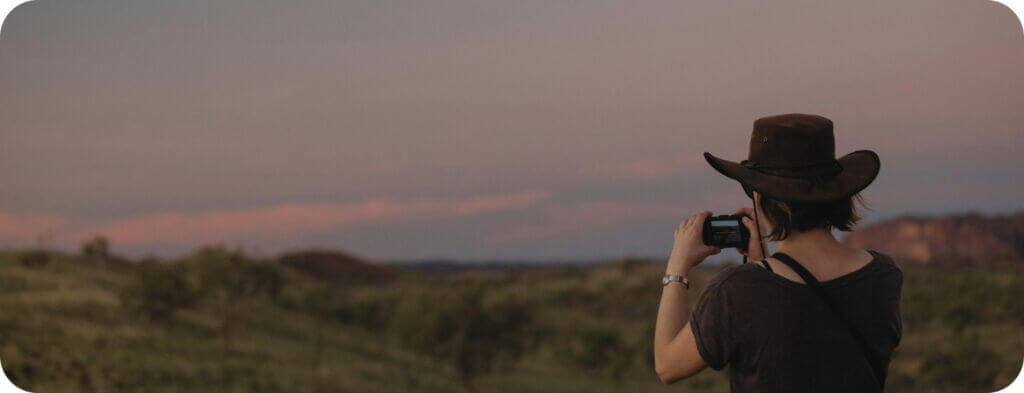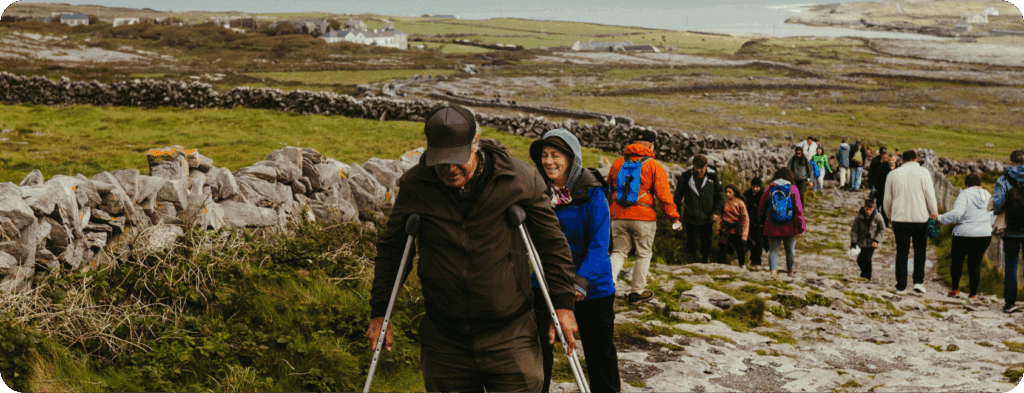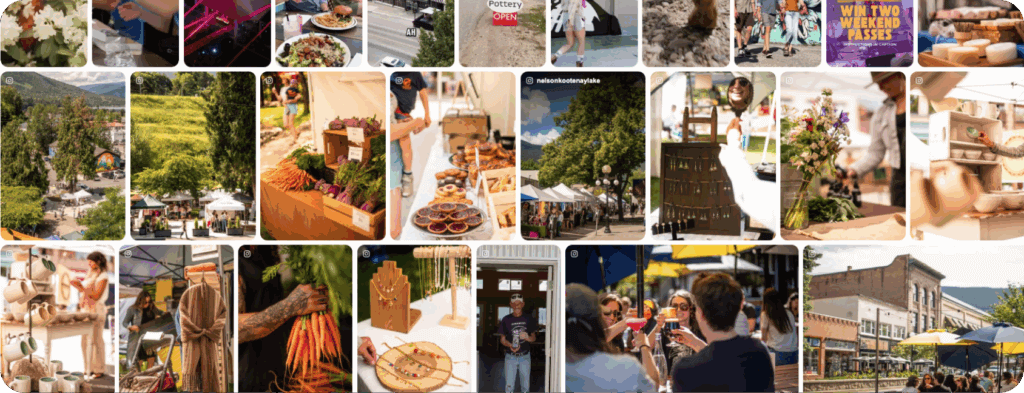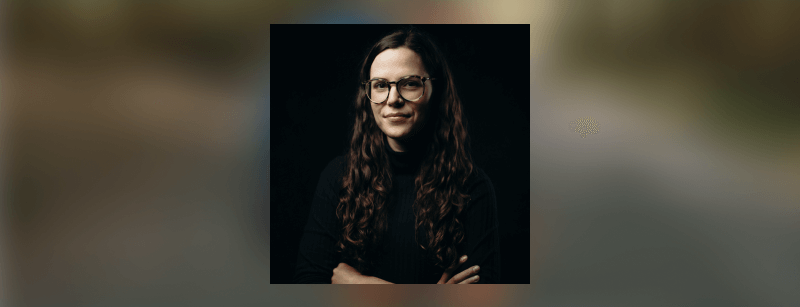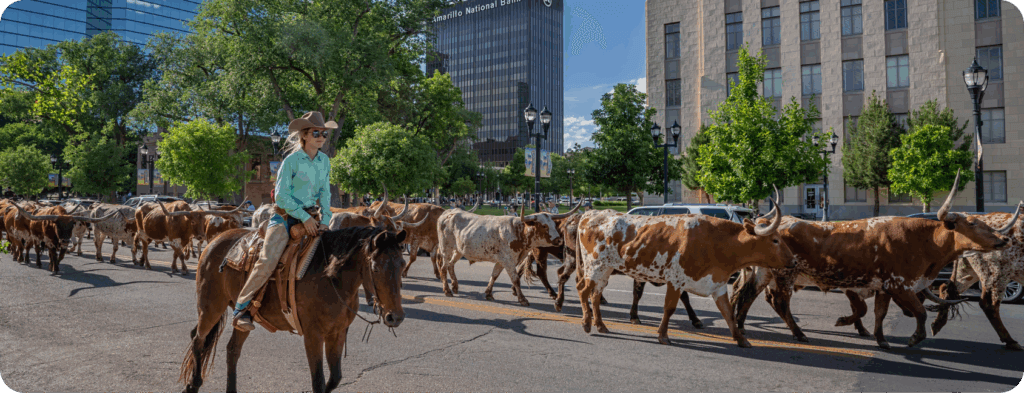Cultural institutions tend to evoke a sense of prestige and of high-culture seriousness. So when the Museum of English Rural Life began Tweeting blunt, slang-riddled memes about exhibits in its collection, the Internet just couldn’t resist.
The Tweet that started it all
It all began a little over a month ago, on April 9th, with a Tweet that featured a historical photograph of an overweight sheep. Rather than explaining in 240 characters about the history behind the image and its relevance to the wider collection, the @theMERL Twitter account simply accompanied the photo with some slang that essentially poked fun at the subject’s overwhelming size:
look at this absolute unit. pic.twitter.com/LzcQ4x0q38
— The Museum of English Rural Life (@TheMERL) April 9, 2018
“I figured if we’re trying to attract young people there’s no point Tweeting images of sheep and going on about how sheep-y they are,” jokes Adam Koszary, the Project Manager of the Museum of English Rural Life and sender of the Tweet.
Koszary explains that the Tweet was part of a wider effort to diversify the museum’s attendance, which has historically comprised of agriculture enthusiasts, young families and academics from the nearby University of Reading—which provides much of the museum’s funding.
“We’re kind of sandwiched between London and Oxford, two massive tourist traps, and it’s quite hard to convince people to give Reading a go,” said Koszary. “We are part of plans to make Reading more of a destination, particularly for international tourists.”
Using virality as a platform to educate its audience about the English countryside
Though he didn’t think much of the Tweet at the time that Koszary says he knew he was onto something after it surpassed 100 likes in only a few hours.
“It’s rare for our content to get that many,” he said. “I sent a message to our marketing manager saying that we’re going slightly viral, and that’s when we started properly engaging with people talking about the Tweet — so replying and doing quote Tweets and Twitter polls and giving people a bit more to talk about than just the original Tweet.”
We made this handy guide to creating your own #AbsoluteUnit, we hope it is useful#givingback pic.twitter.com/e4QkWuQyTW
— The Museum of English Rural Life (@TheMERL) April 10, 2018
Koszary spent the evening engaging with those who had interacted with the original Tweet, and the next day the museum published a blog post explaining the context and history of, in Koszary’s words, “fat animals,” before returning to the museum’s newly millennial tone.
“I sent out another Tweet about how we’re looking forward to disappointing everyone by continuing to talk about plows,” he said. “We’ve always flirted around this idea of being self-aware that our collections can be perceived as boring, but we wanted to show people here’s how they’re interesting.”
Koszary followed up with another Twitter thread introducing people to the collections currently on display at the museum’s galleries and another thread exploring it’s archives, including the original article that the sheep from the meme was featured in:
Hello new followers
You may be wondering who we are other than absolute units.
Well. We’re a summer breeze on a village green. We are Withnail & I. We are crafts, farming, science and morris dancing.
We expore the English countryside (a thread): pic.twitter.com/ljuGNc2opr
— The Museum of English Rural Life (@TheMERL) April 12, 2018
“Whenever we treat our collections in this way we always follow it up with, ‘this is where this image is from,’ and ‘this is where it’s used,’ and ‘this is why this animal is doing what it’s doing,’ but it has been a long battle to convince colleagues that it’s okay to use our collections in ways that are relevant to the internet,” he said.
How going viral on Twitter has contributed to the Museum of English Rural Life’s marketing goals
While not everyone is one hundred percent on board with the new methodology, the results speak for themselves. The viral meme was liked over 100,000 times on Twitter, receiving over 30,000 retweets and reaching an engagement of over 1.5 million. One month ago the @TheMERL Twitter account had less than 10,000 followers, and today boasts over 33,000.
We now have over 100,000 Likes which should tell you something about the utter state of the world at the moment that we all needed this break
— The Museum of English Rural Life (@TheMERL) April 14, 2018
While it’s too early to tell whether the Tweets will translate into an increase in visitor numbers, Koszary says that’s not necessarily a priority. As a cultural institution that doesn’t charge admission fees, the Museum of English Rural Life’s mandate is less concerned with visitor numbers and more focused on education and engagement, and there are plenty of signs to suggest that the viral meme has accomplished just that.
Koszary says the museum has suddenly been inundated with conference invitations, its social media strategy was featured in a full-page spread in the Times of London and the meme was featured in a case study about national archive strategy. The Twitter fame has also lead to collaborations with other influential accounts in the agriculture space, and even a series of t-shirts featuring its animals, of which they’ve already sold 300.
This is actually happening.
Force everyone you meet to look at this #AbsoluteUnit by wearing it on your body.
Pre-order now and delivery from late April-ish.
Tell your friends and tell your sheep.https://t.co/ZepSoSy8GL pic.twitter.com/AP0ncV2D7U
— The Museum of English Rural Life (@TheMERL) April 18, 2018
“It’s those kind of things which we can put in a report and put in front of our board saying ‘you may look at it and not understand why it’s popular, but here are the things that have come out of it,’” he said. “If people are talking to us about their experience of the countryside online, that’s as valid as coming to the physical galleries.”
Koszary says he is fortunate to have the support of the board and the organization, understanding that not all institutions are afforded that level of freedom. Beyond their trust Koszary says the key to online popularity is a combination of self-awareness, Internet slang and humor, though he cautions against being “naff,” another British slang term which loosely translates to “lame” or “cringeworthy.” Asked how to avoid being “naff,” he explains, “It’s not very easy to explain to people, because it’s like telling someone to be funny. How do you do that?”
are museums posting memes
— The Museum of English Rural Life (@TheMERL) May 9, 2018
Koszary says the museum intends to keep that tone consistent moving forward, though he is cautious to ensure it is always in service of drawing users back into the museum or a broader discussion of rural life in England. Fortunately, however, he won’t have to worry about the institution running out of content.
“We’ve got more than enough fat animals to put onto t-shirts,” he jokes, adding “the point of the museum is to get people excited and invested in the countryside, and as long as we do that in a way that isn’t completely flippant, then that’s okay.”




